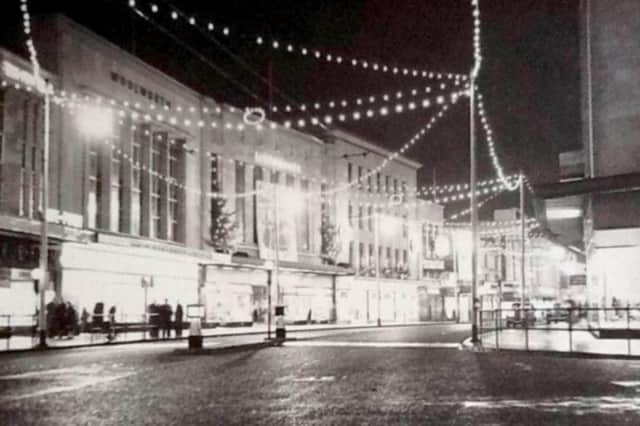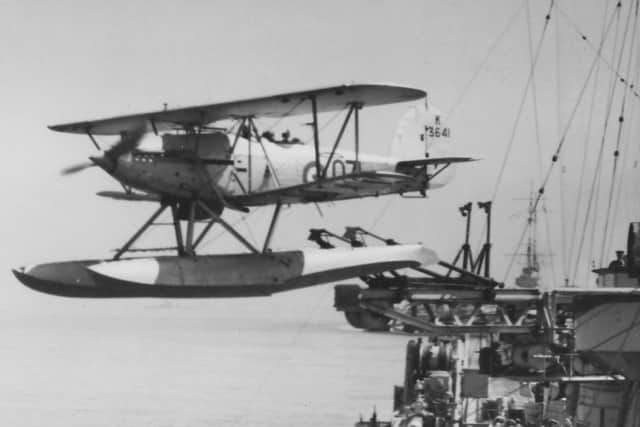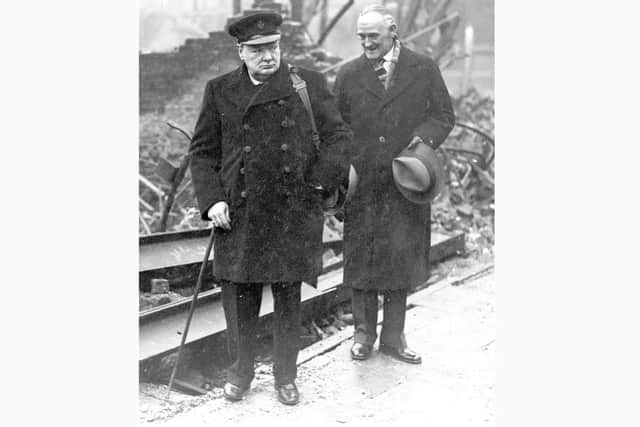When Commercial Road was best place to shop for miles around | Nostalgia


Every shop was trading and at weekends the road was full of people not just looking to buy but window shopping too.
In this scene the shops have closed for the day and it is very quiet. I wonder if it was perhaps Christmas Eve and the shops’ employees were waiting to take their leave.
Advertisement
Hide AdAdvertisement
Hide AdOn the left can be seen Woolworth’s then Littlewoods, both now gone.


On the right hand corner with Arundel Street was John Collier (‘the window to watch’) the men’s outfitters. Before I left school the corner by the railings was a pitch where I used to sell the Evening News long before it became The News.
My late father, Jack, looked after two pitches, one outside the Halifax Building Society and this location which I would look after on school holidays or on a Saturday.
Alongside was another street vendor selling the London Evening News and Evening Standa rd. I often used to wonder who would want to buy a London paper in Portsmouth but the seller appeared to do a good trade. Perhaps the many sailors who visited the city purchased a copy.
Advertisement
Hide AdAdvertisement
Hide AdThe scene changed completely of course when the road was made into a precinct in the early 1970s. Where the zebra crossing bollards can be seen, along with Belisha beacons, is roughly 10 yards north of where the 1977 Silver Jubilee fountain is now.


• We all remember Harrier jump jets lifting off from aircraft carriers and how easy it all appeared to be. But it was not, of course, always like that.
At one time planes were catapulted off the decks of battleships and cruisers and in this photograph we see the moment a biplane leaves the catapult skids of the heavy cruiser HMS Sussex.
The take-off speed was two-and-three-quarters G, about 55 mph. If the sea was rolling the aircraft was launched on an upward roll and into the wind. The plane could then get the uplift needed to take off.
Advertisement
Hide AdAdvertisement
Hide Ad• It appears to be the done thing these days to malign the name of Sir Winston Churchill. Most, in their ignorance, have no idea what the country would have been like had this man not been there to win the war for the Allies.
Here we see the prime minister on a visit to the city in 1941 alongside lord mayor Denis Daly inspecting damage done during the blitz .
Both men were later knighted for their services to the community, King and country. Daly was knighted on July 8, 1941, but Churchill had to wait until April 24, 1953.
A message from the editor, Mark Waldron.You can subscribe here for unlimited access to our online coverage, including Pompey, with 70 per cent fewer adverts for less than 20p a day.